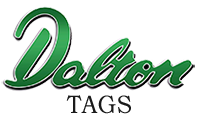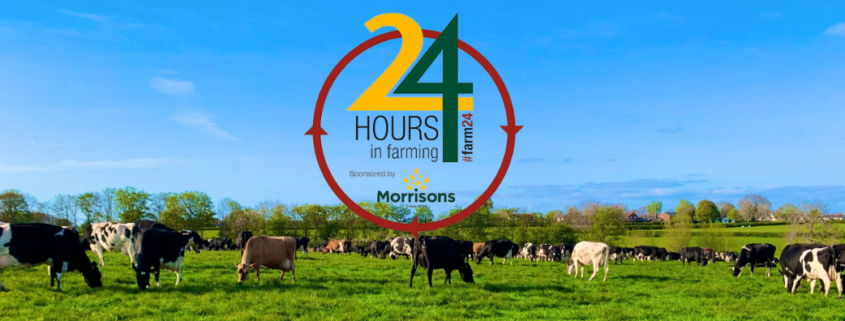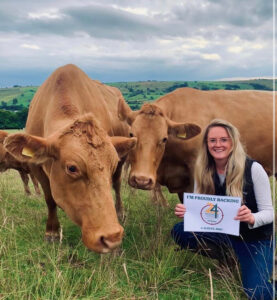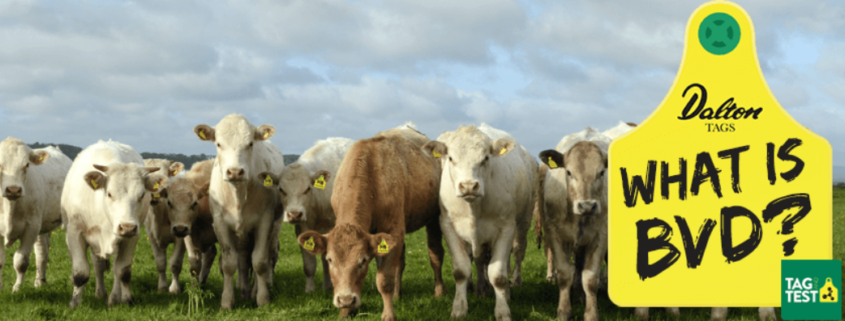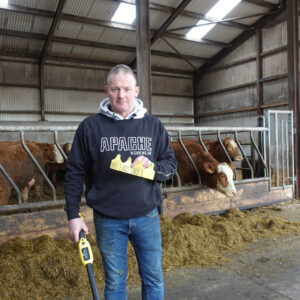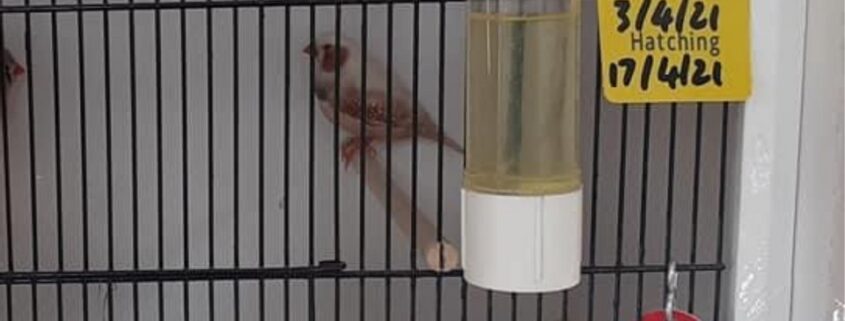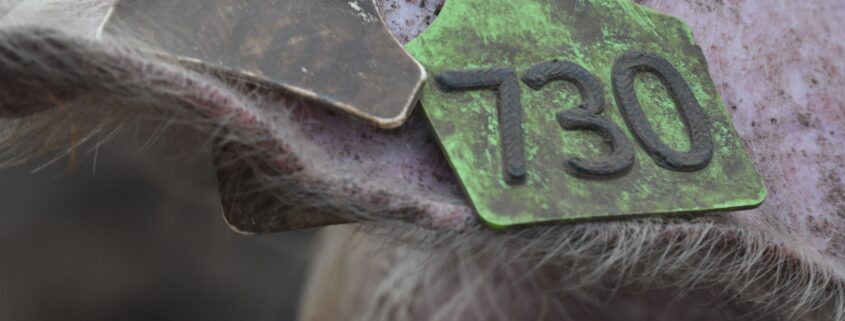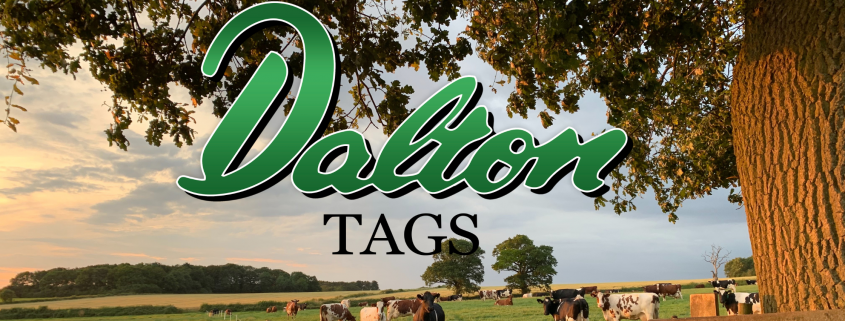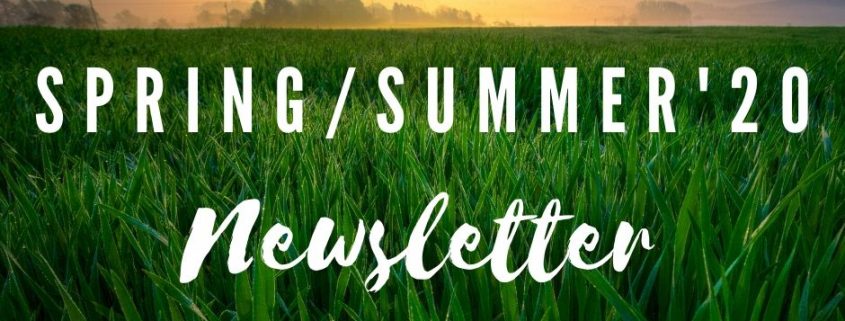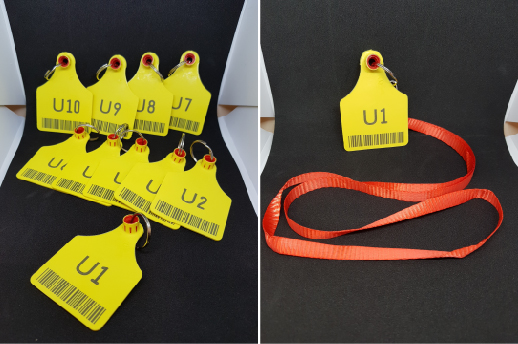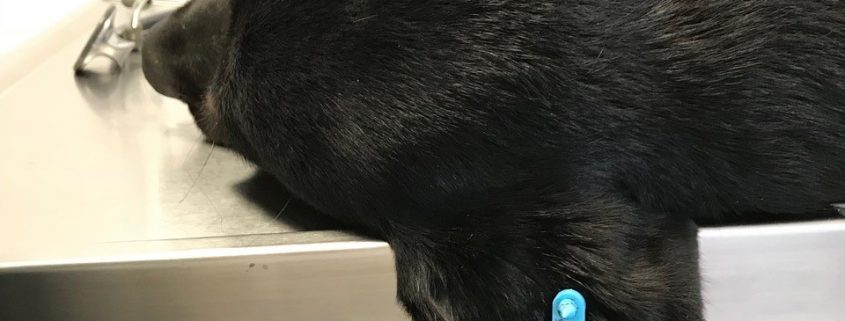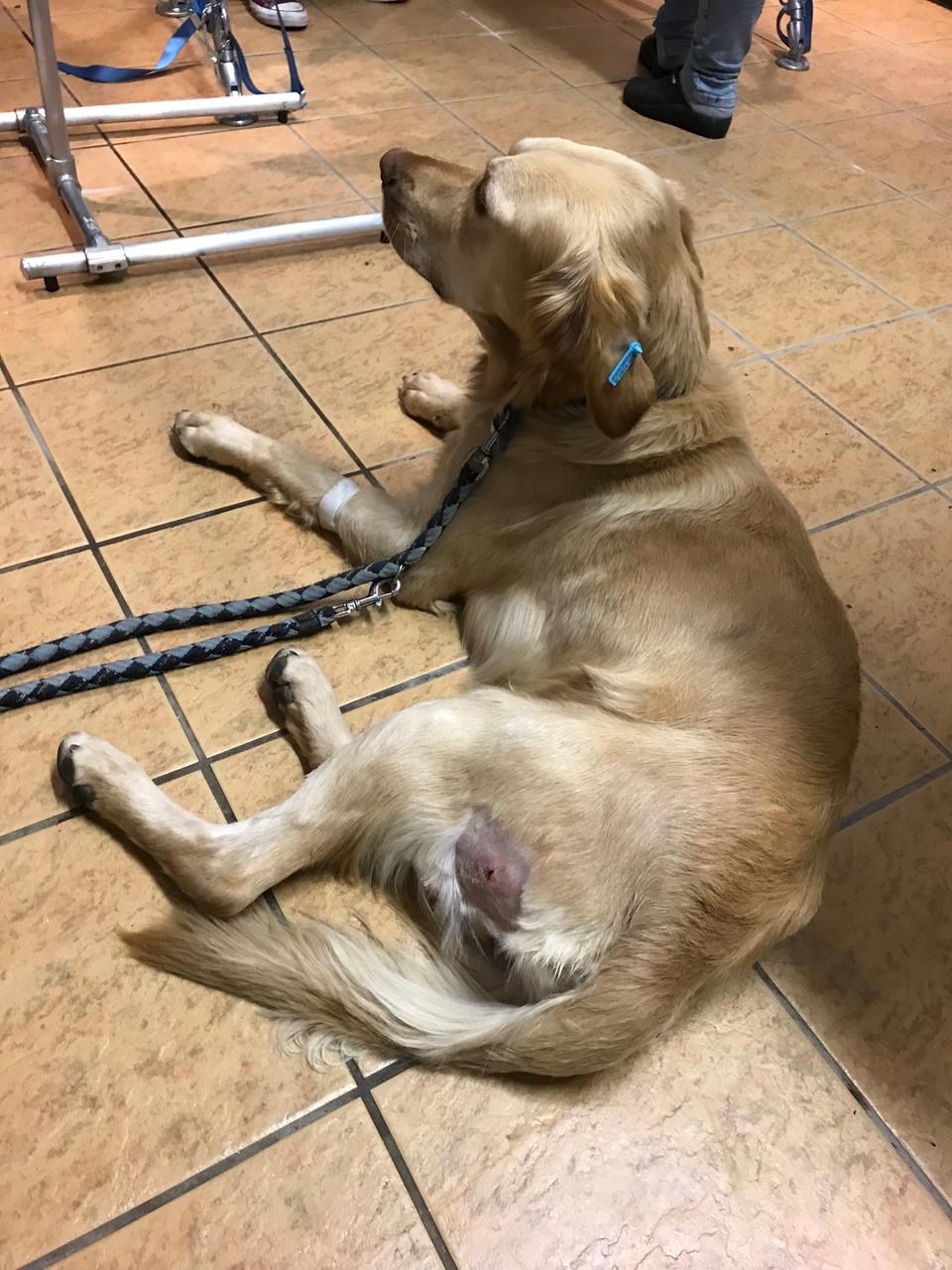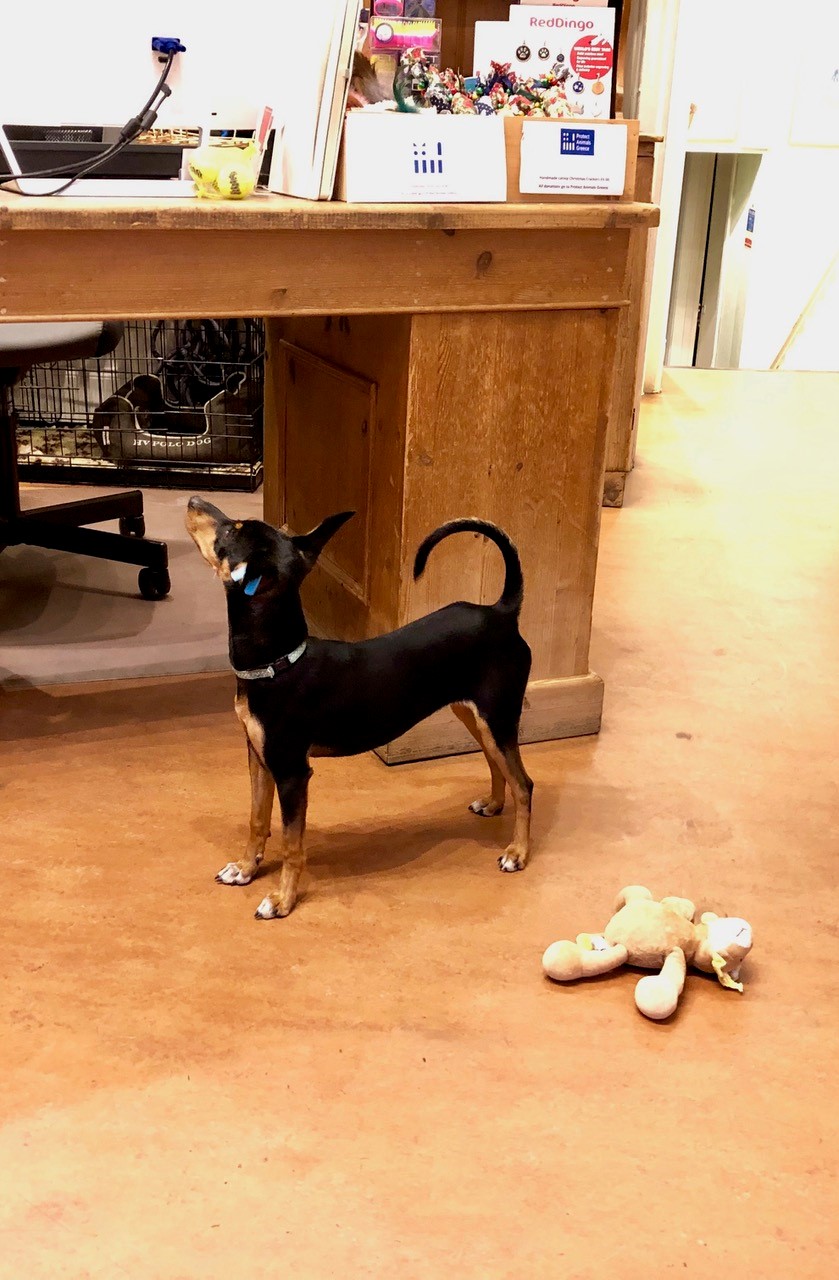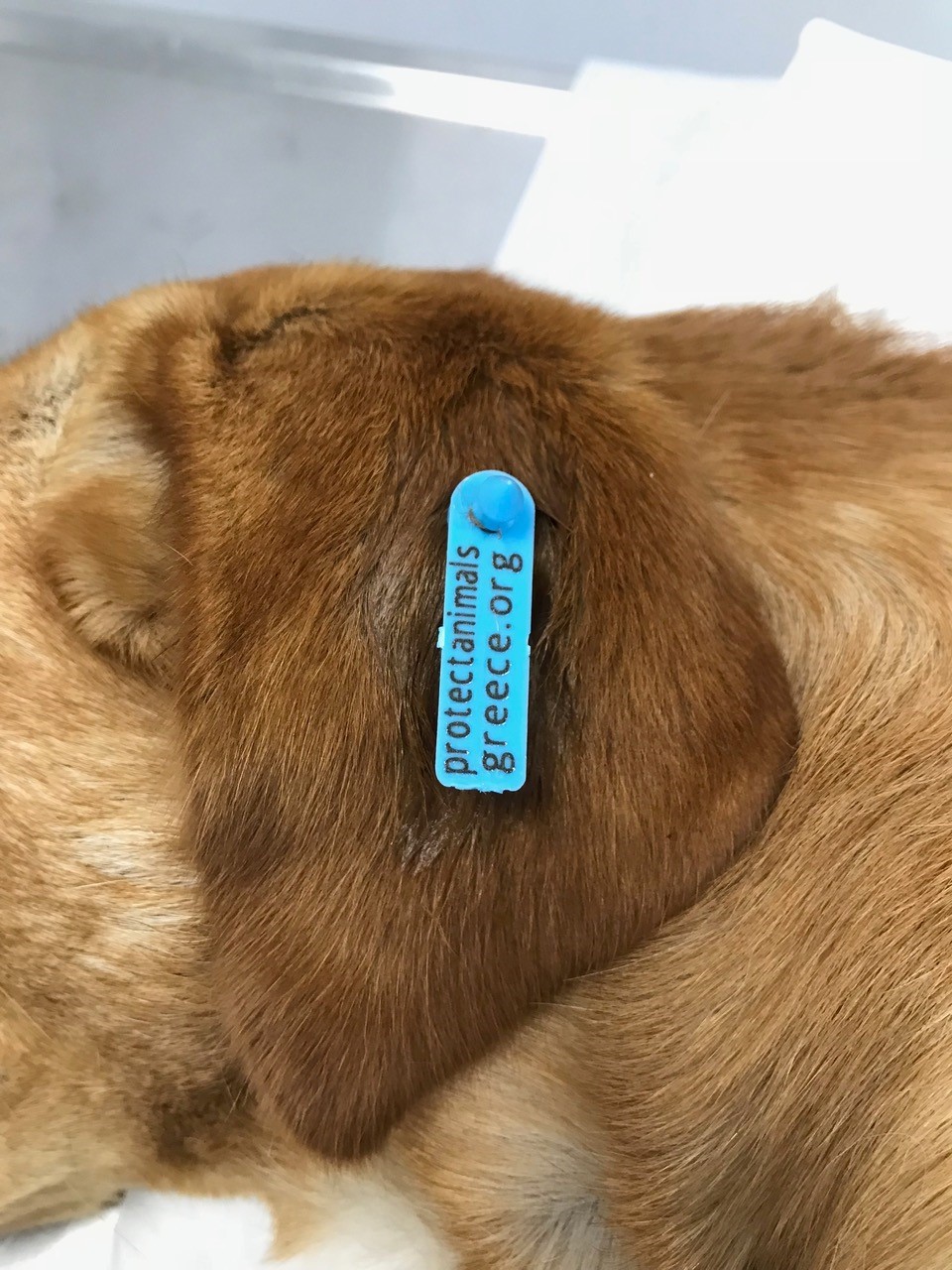#FARM24
What is #FARM24 all about?
24 Hours in Farming is the agricultural industry’s biggest online event with an audience reach of more than 112 million. The annual event aims to showcase the brilliant work done by British land and livestock farmers all day, every day to produce the food we eat and drink. Dalton Tags support’s 24 Hours in farming #FARM24.
Support
Vicki Welch, Manger at Dalton Tags says: ‘It’s so important that we are apart of #FARM24 to showcase and support what brilliant work our customers do 365 days a year. The Dalton Tags team and I are proud to be a part of this day supporting the best of British farming showing the care and vast effort which goes into producing the food and drink we consume and countryside we have all enjoyed, especially in the last 18 months’
Customer Feature– The Damble Herd
Lianne is a third generation beef and sheep farmer based in Staffordshire. She had a lifelong dream to own a pedigree herd of cattle but was unsure which breed to invest in. After months of research she decided to invest in South Devon Cattle. They have a very quiet temperament which makes them easy and safe to handle. The cattle are hardy, adaptable and have great beef conformation. The dams are excellent mothers with a lot of milk, so the calves grow very well and are great forage converters.
She now owns The Damble Herd of Pedigree South Devon Cattle and over the past 11 years have grown the herd to over 60 head of cattle. Majority are suckler cows with 2 stock bulls alongside breeding heifers and fattening steers. A couple of years ago they took on a tenancy of a small holding broadening her aspirations for the herd and increasing options available for meat production.
Meat Box Success
Previously, Lianne had sold her South Devon heifers and steers at around 10 months to a local livestock market but the fluctuating trade and competition against more commercial meat breeds made her reconsider their goals for the herd and wanted more recognition for the high quality meat they produce. Last year she decided to start selling beef boxes and they were a huge success. South Devon meat is full of flavour . Lianne said “I am proud to produce home grown grass fed meat that is raised to a very high welfare standard. The beef box sales and support I received was overwhelming. I realised a lot of customers were very focused on eating meat they knew where it had come from”.
As the beef boxes were a fantastic accomplishment, she also started to sell home grown lamb and mutton boxes. Then during lockdown, last year, they invested in pigs to produce home reared pork which was a fantastic step.
In 2018, they started showing the cattle to help advertise the herd, highlight the great quality stock and promote the meat boxes. It all started by halter training a home bred Pedigree South Devon Bull which went onto winning Native Junior Bull Champion and Reserve Native Bull Champion in several shows. 2019 brought them even more rosettes, as they showed 2 heifers that went onto to win Native Heifer Champion at various shows. Lianne’s passion really shines thorough on the show circuit.
Lianne also said that “We take our bespoke Dalton Tag keyrings to each show to use as business cards and hand out to customers that have purchased a meat box from us. They have a logo and contact details on them, the tags are fantastic quality and very effective for our business. Instead of customers putting a business card in their pocket or leave on the kitchen side they can use the keying’s every day. Dalton Tags are a fantastic company to work with, they have such a wide variety of chose and were so helpful. I contacted them with the idea, and they made the rest happen with such friendly customer service.
What does #farm24 mean to you?
With 24 Hours in farming happening this week, we asked Lianne what it meant to her. She said that “#farm24 is a fantastic event to provide the nation with an insight as to how food is produced, and the huge variety of roles and responsibilities taken on by farmers as food producers and custodians of the countryside. Farming unfortunately can be misunderstood and receives a lot of scrutiny for all the wrong reasons. Regardless of people’s dietary preference, the nation needs farmers to put high-quality food on peoples plates. #farm24 is the perfect platform to promote all the hard work we as farmers put into the feeding the nation with healthy and affordable produce! It’s an opportunity for the nation to see how British farming plays a role in our day to day lives and to showcase our passion and commitment. So many people have enjoyed the countryside over the past challenging year and now it’s time to celebrate our incredible industry!”
How to get involved?
YOU can take part on any social media platform, although Twitter or Facebook are the most popular channels on the day.
Simply tag your post #Farm24 and include @FarmersGuardian , @Morrisons and @daltontags.
THIS year they are asking farmers to commit to taking part on the day by signing up on their website.
Download your free 24 Hours in Farming poster and either share with others on your farm or send a picture in
